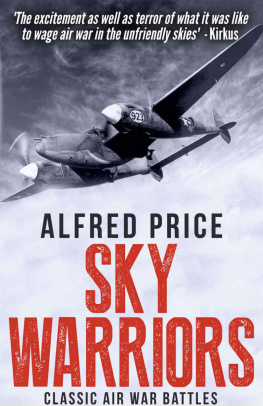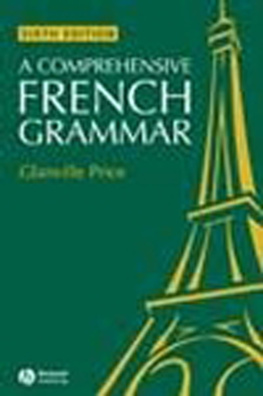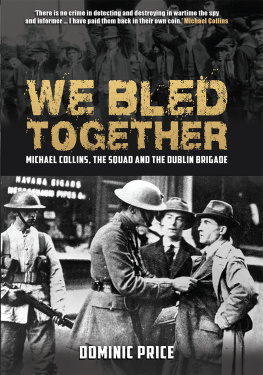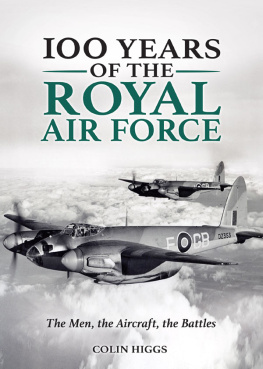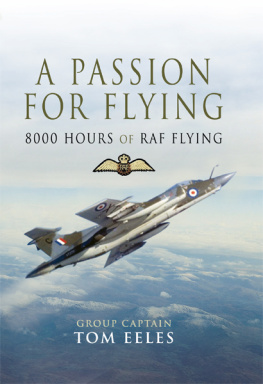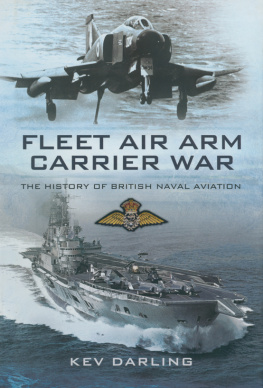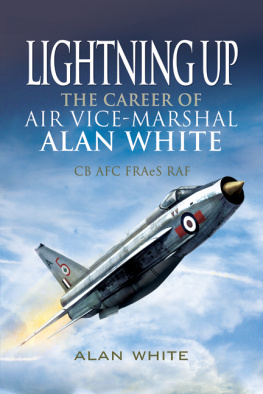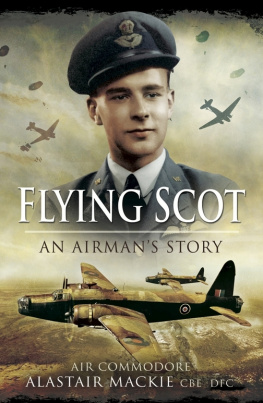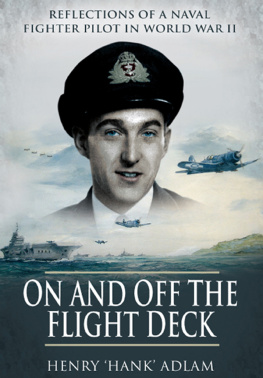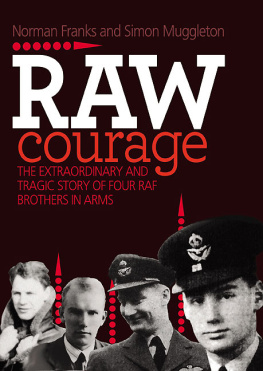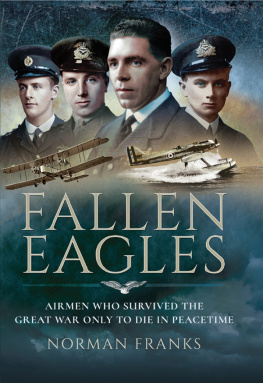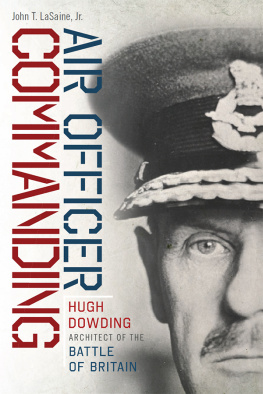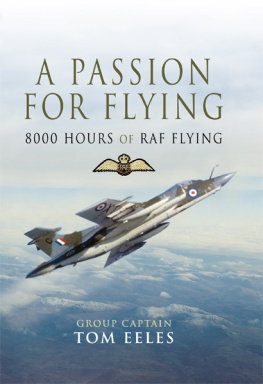Sky Warriors: Classic Air War Battles
Alfred Price
Copyright Alfred Price 1994
The right of Alfred Price to be identified as the author of this work has been asserted by him in accordance with the Copyright, Designs and Patents Act, 1988.
First published in the United Kingdom in 1994 by Arms and Armour.
This edition published in 2015 by Endeavour Press Ltd.
Table of Contents
Introduction
As in the case of the companion volume, Sky Battles , this book describes in detail several air actions fought during the past eight decades, and uses these to illustrate the multi-faceted nature of air warfare.
The narrative opens in September 1917, when the First World War was in its fourth year and in Europe the opposing armies were locked in the deadly stalemate of trench warfare. Chapter One , By Zeppelin to Africa describes the epic attempt by Zeppelin L59 to transport supplies to the German troops cut off in East Africa. In the event, the venture was unsuccessful, but the failure was not due to any shortcoming on the part of the airship or her intrepid crew. Had the Zeppelin arrived at her destination there can be no doubt that the flight would have been hailed as a stunning propaganda coup , and quoted later as a shining example of what a single, resolutely handled aircraft could achieve. As it was, the 95-hour flight by the airship established a record for the length of a combat flying mission that has never been broken.
The narrative then moves on to the Second World War. During the 1930s two new areas of technology combined to bring about a revolution in air defence and air fighting tactics: radar and radio telephony. The former enabled ground controllers to gain early warning of the approach of enemy raiding forces and send off large numbers of single-seat fighters in time to meet the threat. The latter made it possible to assemble fighters in unprecedented concentrations and direct them into action against the enemy force. The Battle of Britain in the summer of 1940 was the first occasion when both of these factors came into play in a large-scale air battle. It was also the first decisive military action to be fought solely in the air, without no serious involvement from either ground or naval forces. The action described in detail in Chapter Two , Battle of Britain Day was that fought over London on 15 September 1940 and commemorated each year. Nothing can, nor should, detract from the bravery of the RAF fighter pilots that went into action that day. But it was also a victory for the system of fighter control that Air Chief Marshal Dowding had painstakingly built up from first principles. The Luftwaffe mounted two attacks on London that day. To meet the first, Fighter Command scrambled twenty-three squadrons of Spitfires and Hurricanes and all except one made contact with the enemy. To meet the second attack Fighter Command scrambled twenty-eight squadrons, and every one of them went into action. No conceivable system of fighter control could have done better than that.
Not only was the Second World War the first conflict to see the assembly of really large forces of combat planes to deliver a co-ordinated attack, it was also the first in which an air arm could deliver a sufficiently large weight of high explosive to cause major destruction to targets. The combination of the two made the pre-emptive air strike an attractive option to any regime ruthless enough to employ it. In such an attack the transition from peace to war came like a bolt out of the blue, with devastating air strikes hitting simultaneously at a spread of targets. Usually these were followed by powerful armoured thrusts by ground forces. The technique had been pioneered in Poland, Belgium, Holland and Yugoslavia. Chapter Three , Pre-Emptive Strike describes the largest and the most effective of them all, that on Sunday 22 June 1941 when Adolf Hitler unleashed his Blitzkrieg offensive against the Soviet Union. The day was certainly one for the aviation record books. In an eighteen-hour period between 3.15 a.m. and sunset the Soviet Air Force lost about 1,800 combat planes, most of them destroyed on the ground. It was by far the largest number of aircraft wrecked in a single days fighting and it represented the most comprehensive defeat ever inflicted by one air force on another. More than 300 Soviet aircraft fell in air-to-air combat, the largest number ever shot down in a one-day period.
The advancing German troops quickly overran every one of the airfields that the Luftwaffe had attacked on the first day. This added to the losses already suffered by the Soviet Air Force, for any damaged or unserviceable planes that could not be flown out before their airfields were captured were lost. Moreover, the capture of the airfields enabled the Luftwaffe to move to bases closer to targets in the Soviet hinterland. As a means of securing air superiority, the capture of enemy airfields is a highly effective method that is sometimes omitted from such calculations.
Despite the enormous material losses suffered by the Soviet Air Force during the early days of the war, however, the effect on that service was crippling only in the short and the medium term. Very few air crew were lost when the airfields were attacked and later captured, so as new aircraft became available there was no shortage of trained personnel to put them into action. Furthermore, the Soviet Air Force was on the point of re-equipping its front-line units with more modern fighter and bomber planes; most of the aircraft lost during the initial onslaught were obsolescent types that were about to be replaced anyway.
Chapter Six , Hard Fight to The Big B describes the first large-scale US Army Air Force attack on Berlin, on 6 March 1944. These deep-penetration attacks became a feasible proposition only when long-range escort fighters, and in particular the superb P-51B Mustang, were available in large numbers to protect the bombers. On that day the Eighth Air Force lost 69 bombers and eleven fighters; it was a heavy loss, but there were sufficient replacement crews and aircraft to fill the gaps in the ranks of the front-line units. During the action the Luftwaffe lost 66 fighters and 46 pilots killed or wounded, and while the losses on planes were easily made good, the crews were almost irreplaceable. Following that attack, no target in Germany was beyond the reach of American heavy bombers protected by the escorts. The Luftwaffe was inexorably losing control of the skies over its homeland, and would never regain it.
During the final months of the Second World War night raiders were also being escorted to and from their targets, not only by long-range Mosquito night fighters but also by special jamming aircraft carrying equipment to neutralize or spoof defending radars. These operations were the work of No 100 Group of the Royal Air Force, and they are described in Chapter Ten , Confound and Destroy.
As we have observed, a well-executed air attack can inflict enormous damage on an adversary. By the same token, however, an air attack that is ill-conceived or badly carried out can result in heavier losses for the attackers than for the attacked. Two clear examples of the latter are described in Chapter Seven , The Great Marianas Turkey Shoot and Chapter Eleven , New Years Day Party. In the first of these the Japanese Navy launched a massive carrier air strike against a US Navy carrier task force. Had the Japanese Navy possessed a better fighter at that time than the aging A6M5 Zeke 52, and had its air crews received a level of training comparable with those sent into action earlier in the war, the battle might have ended as a resounding victory for that service. As it was, the Japanese attack forces were massacred by defending American Hellcat fighters which, together with the ships guns, shot down 181 of the attackers in a morning for a loss of only seven US fighters.
Next page
